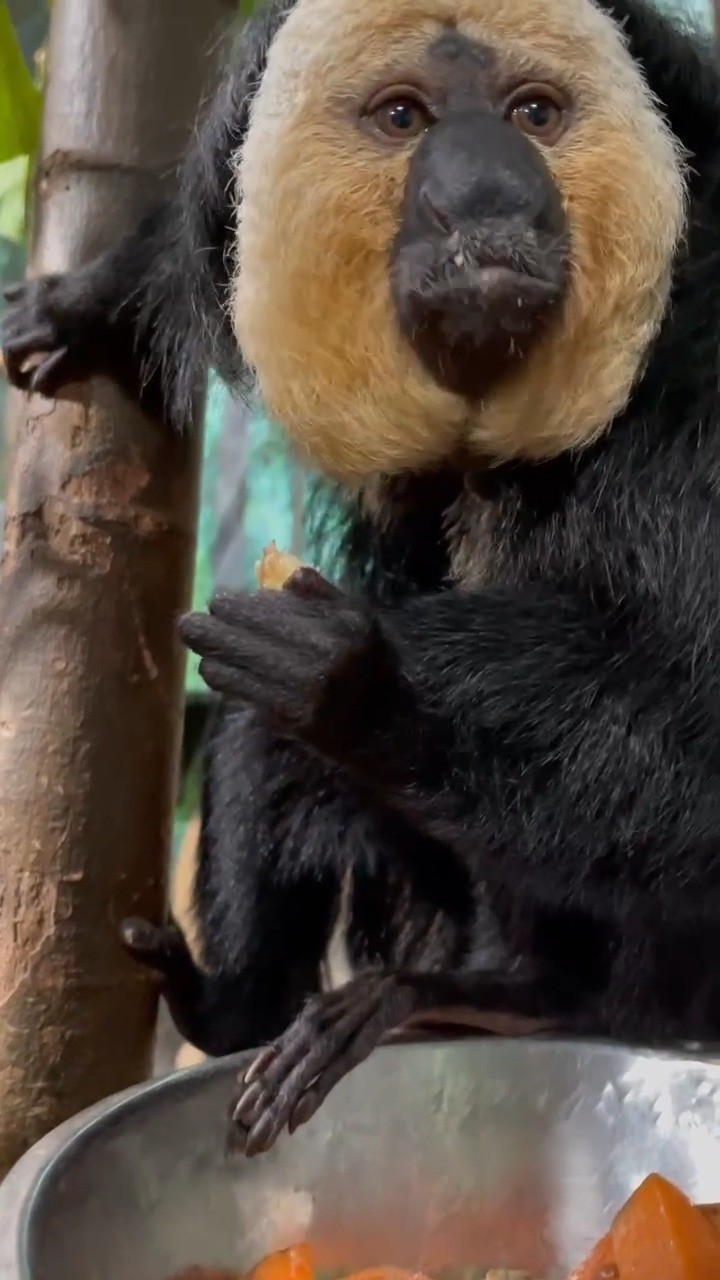– Detailed examination of the nutritional composition of Monkey lunch munch
– Impact of various food items on primates’ health and behavior in captivity
– Strategies for creating engaging and nutritious feeding programs in zoological settings
– The role of zoo management in promoting primate conservation through dietary practices
– Challenges and solutions in sourcing and preparing species-appropriate diets for monkeys in captivity
—
Exploring the world of primate nutrition in a zoo setting is essential for enhancing their welfare and conservation. One key aspect of their daily routine is their dietary intake, often called “Monkey lunch munch,” which reflects the critical and meticulous approach to feeding these intelligent animals. This article looks at what constitutes a Monkey lunch munch, the importance of a balanced diet for primates, and how this feeds into broader conservation efforts within zoos.
Primates, notable for their varied and often complex dietary needs, require an array of nutrients to maintain their health and vitality. A typical Monkey lunch munch comprises a mix of fruits, vegetables, protein sources, and sometimes specialized primate chow. It aims to mimic the diverse foods they would find in their natural habitats, ensuring they receive a balanced diet. As foragers and opportunistic eaters in the wild, monkeys consume a wide variety of plants, insects, and occasionally small animals, necessitating a dynamic approach to their nutrition in captivity.
When examining a Monkey lunch munch, one would find that fruits are often a favorite among many monkey species, but these are given in controlled amounts due to the high sugar content. Vegetables make up a significant portion, providing essential vitamins and minerals without excessive calories. Nuts and seeds may be included for their fatty acids, vital in maintaining healthy skin and coat, while protein sources such as cooked eggs, insects, or lean meats support muscle development and maintenance.
A turn in perspective reveals how feeding time is not merely about sustenance but is also an opportunity for behavioral enrichment. Monkeys are intelligent and curious creatures that thrive on mental stimulation. Zoos have adopted inventive feeding strategies, such as hiding food or employing puzzle feeders, which encourage monkeys to use problem-solving skills reminiscent of foraging patterns observed in the wild. These practices maintain the monkeys’ mental well-being and ward off the boredom and stress accompanying captivity.
On the management level, zookeepers play a vital role in designing and administering Monkey lunch munch. This task requires a comprehensive understanding of species-specific dietary requirements, behavioral needs, and health issues that may influence a monkey’s diet. This complex equation includes rotating food items and adjusting portions based on age, weight, health status, and activity levels. The dietary plan for each primate is often developed with the consultation of veterinarians and nutritionists to craft a well-rounded Monkey lunch munch.
In wildlife conservation, the nutritional management of captive primates is far from trivial. Through educational programs and exhibits, zoos have the opportunity to communicate the significance of species-appropriate diets. On a broader scale, they can illustrate how habitat destruction and human encroachment impact primate populations’ natural feeding behaviors and health. An accurate depiction of a Monkey lunch munch can become a point of engagement, initiating conversations about preserving natural habitats and supporting sustainable practices.
One overarching challenge in providing Monkey lunch munch is sourcing fresh, quality ingredients that align with a monkey’s natural diet. Seasonal availability and budget constraints can sometimes limit options, leading to substitutes that may not offer the same nutritional benefits. Zoos tackle this challenge by cultivating relationships with local producers and sometimes growing their food to ensure the freshness and diversity necessary for an optimal Monkey lunch munch.
In preparing diets, care is taken to avoid any potential health risks. For example, some human foods and common produce may contain toxins harmful to monkeys. Additionally, the risks of obesity and diabetes in captive primates emphasize carefully calibrated diets. Foods are weighed, and nutritional content is calculated to modify the Monkey lunch munch accordingly and proactively prevent such health issues.
A well-designed Monkey lunch munch reaches beyond mere nutritional adequacy, extending into ethical responsibility and educational opportunities. Each meal serves as both sustenance and a tool for cognitive engagement, shaping the daily life of primates in zoos across the globe. It reflects a broader commitment to understanding and respecting monkeys’ natural history and ecological roles. It is a tangible manifestation of the investment shared by zoos in advancing primate welfare and species conservation.
In sum, the intricate web of Monkey lunch munch encapsulates nutrition, enrichment, and conservation. It is a cornerstone in the daily lives of captive primates and reflects the professionalism and compassion that drives modern zoo management. As educators and stewards of wildlife, zoos must continue to innovate and adapt their feeding strategies, ensuring that each Monkey lunch munch supports the health of individual monkeys and the overarching goals of wildlife conservation and public education.
*****
Source Description
Monkey lunch munch 🐒


